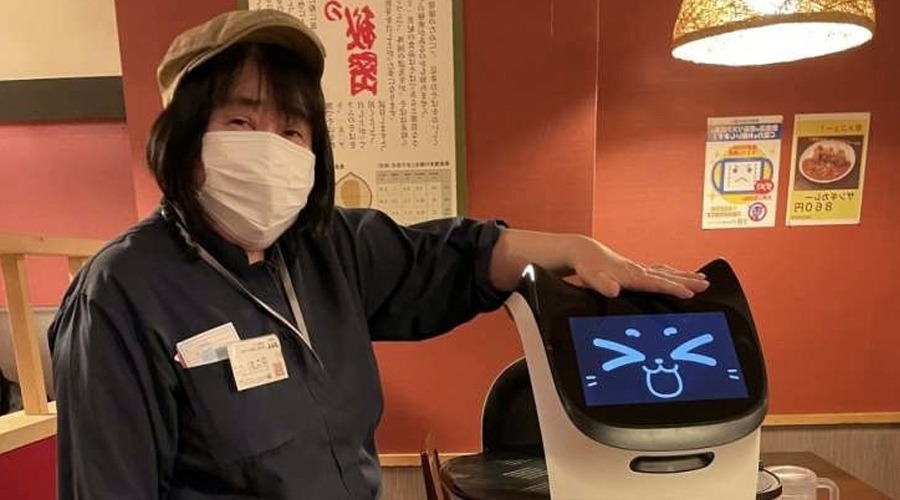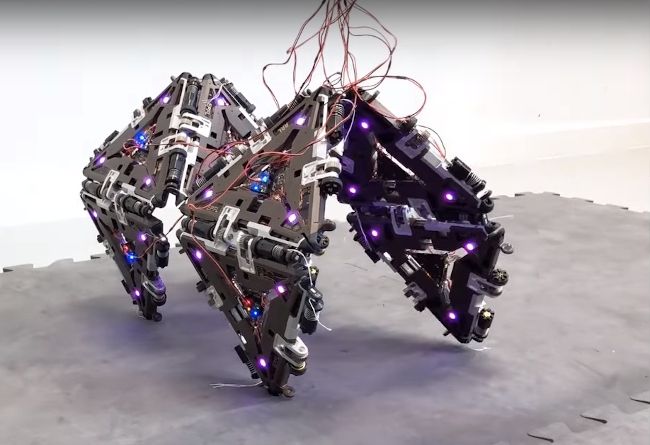The Toyota Research Institute (TRI) is at the forefront of robotics and artificial intelligence, showcasing groundbreaking projects aimed at enhancing human lives. With a focus on amplifying human capabilities rather than replacing them, TRI envisions a future where robots collaborate seamlessly with people, especially in addressing the challenges of an aging society.
At the heart of TRI's mission is the development of robotics technologies that empower individuals to live independently as they age. Through innovative concepts like telepresence-controlled bipeds, TRI envisions a future where robots seamlessly integrate into daily life, assisting with household chores and providing essential support.
TRI's commitment to eventual commercialization sets it apart in the realm of robotics research. Unlike traditional approaches, TRI prioritizes reliability and cost considerations from the earliest stages of research. By ensuring that their innovations are not only technically feasible but also economically viable, TRI aims to make a meaningful impact on people's lives.
Gill Pratt, CEO of TRI, emphasizes the importance of reliability and cost-effectiveness in research endeavors. With a focus on robust control techniques and extensive testing, TRI strives to overcome challenges and deliver practical solutions that address real-world needs.
In the pursuit of innovation, TRI acknowledges that not all prototypes make it to fruition. Steffi Paepcke, senior UX designer at TRI, reflects on past endeavors, including prototypes exploring novel modalities for human connection. While some concepts, like the "glowing orb," may not have materialized, TRI remains dedicated to pushing the boundaries of robotics technology.
As TRI continues to bridge the gap between research and real-world application, its vision for robotics underscores a commitment to human-centric design and meaningful technological advancements. With a focus on collaboration and empowerment, TRI paves the way for a future where humans and robots coexist harmoniously, enriching lives and enhancing societal well-being.


















